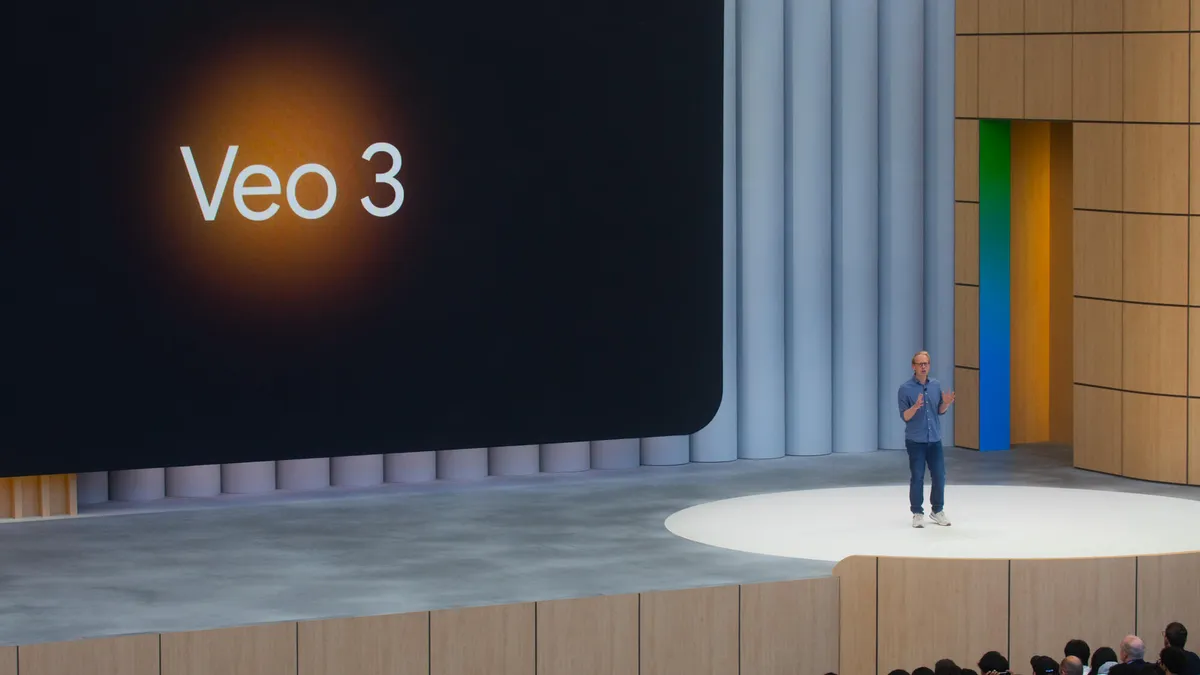By Vikas Sankhla, Full Stack Developer & Founder of Web Codder on YouTube
Introduction: Welcome to the Future of Video Creation
As a full stack developer and content creator, I’ve watched AI evolve from simple automations to powerful tools that now rival human creativity. Today, we’re diving into Google Veo 3 — the latest and most impressive version of Google’s AI video generation model. If you’re a developer, designer, marketer, or just curious about AI, you’re in for a treat.
What Is Google Veo 3?
Google Veo 3 is a cutting-edge generative AI model designed to create high-quality, cinematic videos from simple text prompts. Imagine typing a sentence like “A futuristic cityscape at sunset” and getting a beautiful, realistic video back in seconds. That’s the kind of magic Veo 3 brings to the table.
It builds upon previous versions with improved video quality, longer durations, and greater scene understanding. Think of it as ChatGPT, but for video.
Key Features of Google Veo 3
🎥 1. Realistic & Cinematic Quality
Veo 3 is trained on massive video datasets, enabling it to produce footage with sharp detail, smooth motion, and realistic lighting — often at 1080p resolution. It’s not just a gimmick. The visuals are usable for social content, advertising, and even professional storytelling.
🧠 2. Advanced Prompt Understanding
Thanks to integration with Google DeepMind’s latest language models, Veo 3 understands natural language incredibly well. You can write prompts like:
“A serene forest with animals grazing in the morning light, camera panning slowly.”
And Veo 3 will interpret both what you want and how it should look — including camera angles, time of day, and mood.
⏱️ 3. Longer, More Cohesive Videos
Earlier AI video models struggled with duration — clips were short and sometimes inconsistent. Veo 3 generates videos lasting up to 60 seconds, maintaining consistency across frames and scenes. That’s a game-changer for storytelling.
🎨 4. Stylization & Editing Control
Veo 3 doesn’t just render videos. It offers style control, camera effects, and scene editing, allowing you to tweak color tones, transitions, and visual styles. Whether you want an anime look or cinematic noir, Veo 3 can deliver.
Who Can Use Google Veo 3?
As of now, Veo 3 is available to select creators via VideoFX, Google’s AI video creation platform. Access is gradually expanding, and if you’re interested, I recommend joining the waitlist.
The target users include:
- Filmmakers for previsualizations
- Content creators for YouTube, TikTok, and Instagram
- Advertisers seeking faster ad prototypes
- Developers exploring AI pipelines in multimedia applications
How Google Veo 3 Stands Out From Competitors
| Feature | Google Veo 3 | OpenAI Sora | Runway Gen-2 |
|---|---|---|---|
| Output Quality | 1080p, cinematic | Experimental, variable | Good but stylized |
| Duration Support | Up to 60 seconds | Up to 60 seconds | 4-8 seconds |
| Prompt Understanding | Very strong (DeepMind) | Strong (GPT-4) | Moderate |
| Style Control | Built-in stylization | Limited | Decent |
Real Use Cases for Developers and Creators
1. Rapid Prototyping
Developers can use Veo to visualize scenes in game design or UX walkthroughs. You can mock up video tutorials or onboarding flows in minutes.
2. AI + Creative Coding
Combine Veo 3’s outputs with ReactJS or WebGL animations to create interactive, immersive experiences.
3. YouTube Content Generation
As the owner of a growing YouTube channel myself, I see huge potential. Veo 3 can generate B-roll footage, opening sequences, or even full shorts for your content strategy.
SEO Tips If You Plan to Share Veo 3 Creations
If you’re showcasing Veo content on your site or YouTube:
- Use video transcripts for added SEO value.
- Optimize file sizes for faster page load.
- Use schema markup to improve search engine visibility.
- Include relevant keywords like “AI video generation,” “text-to-video,” “Google Veo examples,” etc.
Challenges & Limitations (For Now)
While exciting, Veo 3 isn’t perfect. Here are a few things to note:
- Access is limited: Not publicly available to everyone yet.
- Not great at fine-grained accuracy: Still learning complex object interactions.
- Ethical usage concerns: Google includes watermarking and moderation tools, but creators must use it responsibly.
Final Thoughts from Vikas Sankhla
I’ve seen the rise of tools like GitHub Copilot, ChatGPT, and Midjourney — but Google Veo 3 feels like a creative leap for video. For developers like us, it offers not just novelty, but a powerful toolkit that can change how we build, tell stories, and ship products.
If you’re serious about digital content or software with rich media, now is the time to explore Veo 3 and prepare for what’s next in AI-driven creativity.
Let’s Connect
If you want more tutorials, breakdowns, and hands-on demos around AI and full-stack development, don’t forget to subscribe to my channel: youtube.com/@web_codder
Until next time,
Vikas Sankhla
